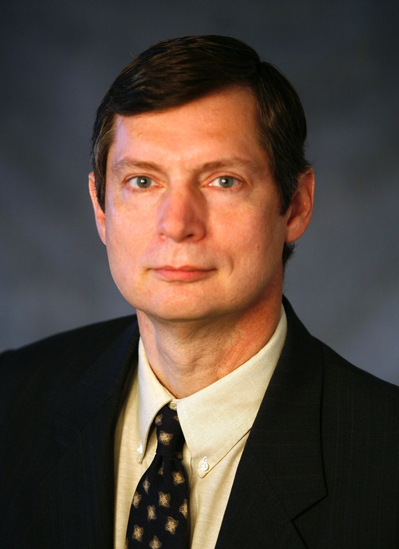West Tech Lunch: SEG Distinguished Lecture - Simultaneous and coded seismic sources: Present and* ... Oct 17th

Complete Title: Simultaneous and coded seismic sources: Present and upcoming technologies
Meeting Location:
Norris Conference Center
816 Town & Country Blvd.
Houston, TX 77024
(Free parking off Beltway-8 northbound feeder or Town & Country Blvd.)
Meeting Time: 11:00 to 1:00 pm
Registration Begins at 11:00
Lunch Served at 11:30
Presentation starts at Noon
NOTE: You Must Be Logged In to Register.
Speaker: Raymond Abma, BP America
Simultaneous source seismic surveys, using a method referred to as source blending, use more than one seismic source at a time. This technology is part of the progression of seismic surveys to obtain denser sampling and better seismic images. Simultaneous sourcing uses multiple seismic sources, producing seismic signals that overlap with the signals from the other seismic sources. This increases the efficiency of seismic exploration by decreasing the time between shots, significantly reducing the cost and time needed to acquire a seismic survey. The main challenge to the use of simultaneous sources is the separation of signals from the different sources. This separation is accomplished by using concepts from compressive sensing by way of sparse inversion, a method of getting the simplest answer to the inversion of a matrix equation. While this involves a significant computational expense, the decrease in the acquisition cost is even more substantial.
I will show examples of various BP simultaneous source seismic surveys and share some details about how they were acquired and processed. I will also cover some of the requirements for a successful simultaneous source survey and an analysis of the quality of the seismic data obtained.
Present simultaneous source surveys use the random activation of the shot times as a code to allow shot separation. I will provide some speculation about extending this coding to other possible coding methods. Among some other advantages, these new types of coded sources allow the extension of simultaneous source survey geometries to more general seismic survey types, in particular, towed-streamer acquisition.
Speaker Biography: Raymond Abma, BP America
Ray Abma is a Senior Research Geophysicist in the Upstream Technology group in BP. He received a Ph.D. from Stanford University in 1995 was with the Stanford Exploration Project. His thesis was ‘Least-squares separation of signal and noise using multidimensional filters’. He has worked for Western Geophysical, Shell, ARCO, and now BP. He has spent more than a decade developing simultaneous and coded seismic source technology. In 2012 Ray and his team won the BP Technology Award for the development of marine simultaneous source acquisition. Later in 2012 Ray and the simultaneous source team won the BP Helios award, the highest award within BP, for delivery of the Trinidad simultaneous source ocean-bottom cable survey. This was the first large scale marine simultaneous source survey, which was considered to be a spectacular success.
Ray’s interests are seismic interpolation and regularization, multiple and noise attenuation, sparse inversion, coded source seismic acquisition, and simultaneous source acquisition. He is a member of SEG, EAGE, GSH, and SIAM.
Price List:
|
Pre-Registered |
Late/Walk-Up
|
Member
|
$35 |
$45 |
| Non-Member |
$45 |
$55 |
Student Member
|
$0 |
$10 |